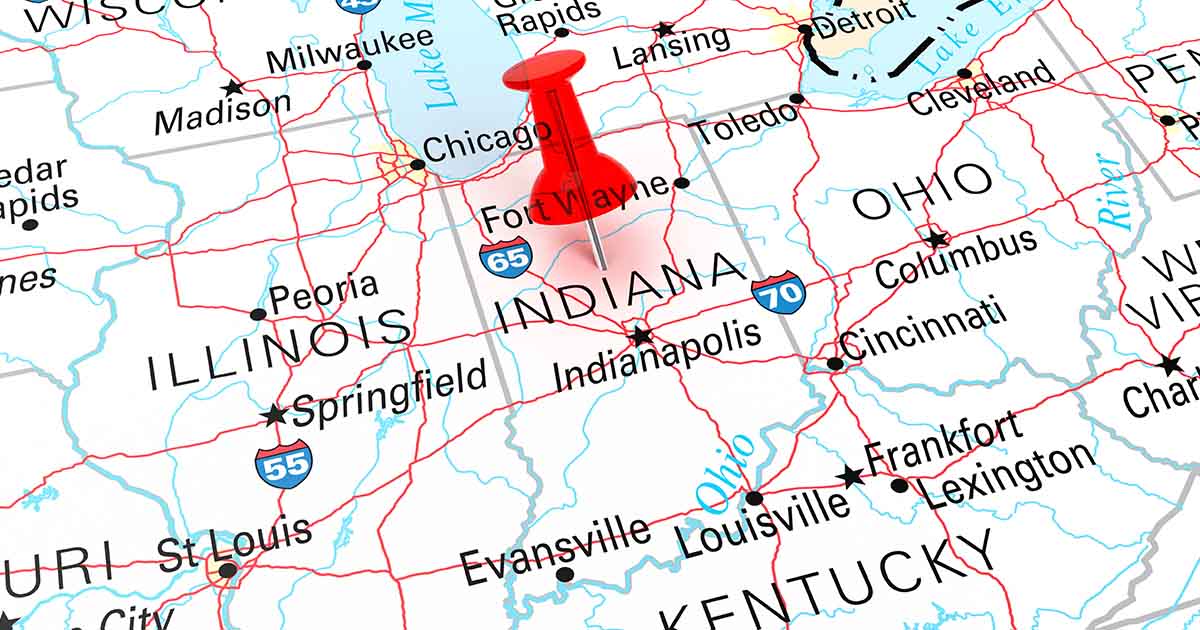Known or unknown environmental liabilities are major risks when executing mergers and acquisitions. When contaminated property is involved in a transaction, the buyer typically wants no part of the associated liability. Here’s an explanation of common environmental terms you’ll encounter in the M&A world.
What is environmental liability?
An environmental liability, in context of a purchase or sale of a company refers to potential environmental costs that may be incurred post-transaction related to some or all of the assets being acquired or leased, including real estate where there’s possibility of contamination. Buyers will search for potential environmental issues during due diligence, particularly in shares purchased where they are not just the assets of a company, but also the liabilities. Sellers must be prepared for buyers conducting environmental assessment during the due diligence process. An environmental assessment should be conducted whereby a review of all potential hazards and a quantification of remediation costs are completed. If land and a building are purchased, buyers will look to reduce the purchase price for the estimated remediation costs. Buyers will also require seller indemnity for any environmental costs that are incurred post-transaction related to pre-transaction activities because environmental liability is retroactive.
What is real estate due diligence?
Real estate due diligence is the evaluation of a property’s potential petroleum or hazardous materials impacts to the environment. It is used to assess environmental liabilities and risk and to satisfy all appropriate inquiries to allow the user to qualify for landowner liability protections. Due diligence on a property is performed through Phase I and Phase II Environmental Site Assessments (ESAs).
Due diligence is required during business and property acquisitions to determine if the business operation and/or associated properties carry any potential environmental liabilities including hazardous waste contamination, lack of permits, permit violations, and compliance deficiencies.
What is an environmental assessment?
It’s the assessment of the environmental consequences. It is defined by the International Association for Impact Assessment (IAIA) as the “process of identifying, predicting, evaluating and mitigating the biophysical, social, and other relevant effects of development proposals prior to major decisions be take and commitments made.” This may include Phase I and Phase II Environmental Site Assessments (ESAs) and site characterization and investigation. Phase I Environmental Site Assessments (ESA) incorporate historical documentation, records review, site reconnaissance, interviews, and government records to determine if a Recognized Environmental Condition (REC) exists for the site. Phase II ESAs and site characterizations include sampling media for laboratory analyses. The purpose of these steps are is to ensure that decision makers can accurately consider the environmental impacts, risk, and liability when deciding whether or not to proceed with a project.
What is Insurance Archeology?
Insurance archeology is the process of recovering historical insurance policies that covered individuals and businesses. Organizations with a history of providing product or processes that have the potential of causing harm or accident to others must make sure that their liability is mitigated. Historical insurance can be a huge benefit for these organizations because old insurance policies can be used to pay for costs associated with environmental contamination investigations, legal representation, and even the cleanup of contaminated sites.
Why are historical Commercial General Liability (CGL) policies valuable?
CGL insurance policies can be worth millions of dollars and can help pay for environmental investigation and due diligence, cleanups, legal fees, cost recovery and policy buyback. They also protect the policyholders from lawsuits and administrative orders. CGL insurance policies are purchased by business owners to cover them against their business’ liability exposure. This is very important in determining whether an individual or business’ old insurance policies can be used to pay for environmental investigations and cleanups.



